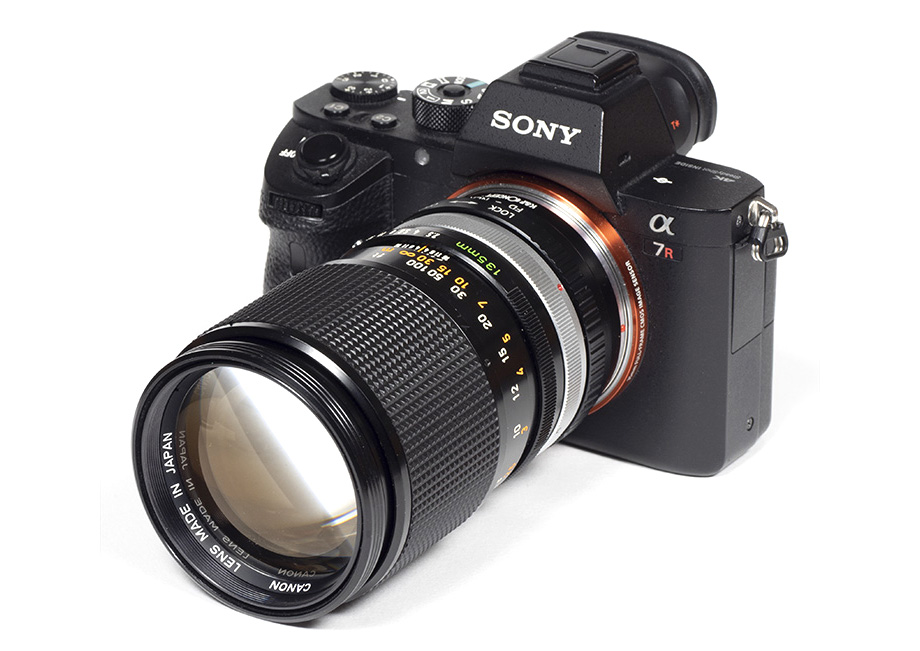Review by Klaus Schroiff, published January 2023
Introduction
Canon FD is a lens mount system developed by Canon for its 35mm film SLR cameras. It was introduced in 1971 and replaced the older FL mount. The FD mount was in use from 1971 to 1987, when it was eventually replaced by the Canon EF mount.
You may wonder why we chose the Canon FD 135mm f/2.5 S.C. as an example of a medium tele vintage lens from Canon – whereas we used 100mm variants for the other tests. The reason is simple – the pricing. Canon used to make an FD 100mm f/2.8 S.S.C. but this one is surprisingly expensive on the used market so we opted for the slightly older but yet faster/longer FD 135mm f/2.5 S.C. instead. The lens was introduced in 1973. You may notice the “S.C” in the lens’ name – this is referring to the “Spectra Coating” of the lens elements – or in other words: single-coating. Later lenses feature “S.S.C” aka “Super Spectra Coating” = multi-coating.
The lens uses Canon’s 1st generation FD breech mount system which is a bit of a pain. The term “breech mount” refers to the way the lens attaches to the camera body. In a breech mount, the lens is inserted into the camera body and then twisted to lock it in place. While this may sound simple enough, it can be quite fiddly at times. You may notice the red dot on the “chrome nose ring” has moved to the left in the product image with the mount adapter below – that’s the breech lock. Canon used the breech-lock to reduce mechanical wear. They improved the system with the “New FD” mount in 1979.
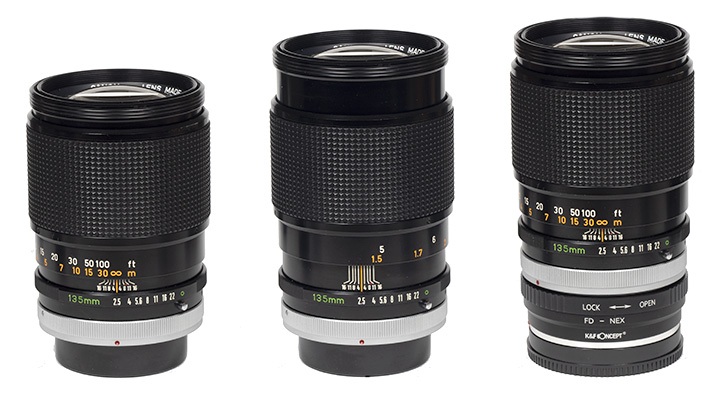
One reason for preferring “FD” over “New FD” lenses is the build quality. Canon introduced the extensive use of plastics during the “New FD” era so if you are after the vintage feel (instead of plastic fantastic), you are better off with older lenses. The Canon FD 135mm f/2.5 S.C. has a pretty sturdy, metal construction. The focus ring is buttery smooth and dampened. The aperture ring has a nice soft click (half stops) action. Unsurprisingly, the lens has an inner tube that extends when focusing towards closer focus distances. It is a fairly substantial lens at 630g and also comparatively long.
Needless to say – it’s a fully manual lens. Thus you set the aperture on the lens while (usually) setting the camera to aperture priority mode.
| Specifications | |
|---|---|
| Optical construction | 6 elements in 5 groups |
| Number of aperture blades | 8 |
| min. focus distance | 1.50m (max. object magnification 1:7.1) |
| Dimensions | 69x91mm |
| Weight | 630g |
| Filter size | 58mm |
| Hood | barrel-shaped, built-in |
| Other features | – |
| Mount | Canon FD |
Distortions
Just like most lenses of this era, the Canon FD 135mm f/2.5 S.C. is fully corrected with no image distortions to speak of.
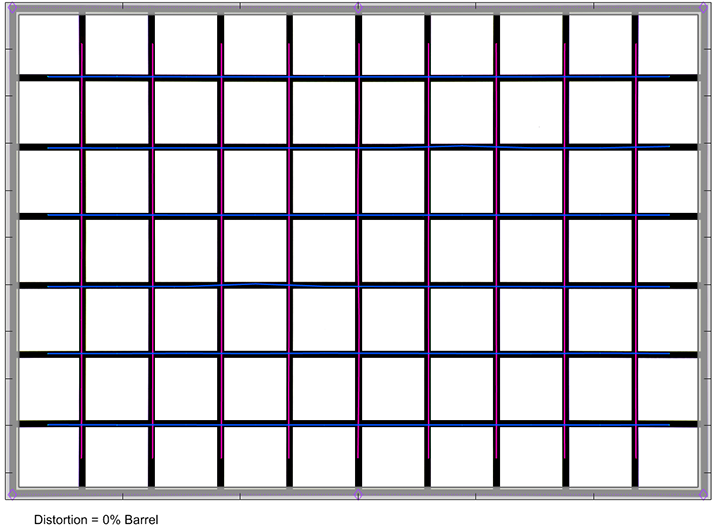
Vignetting
Vignetting is reasonably well-controlled with a maximum light falloff of ~1.4EV (f-stops) at f/2.5. This is reduced to a very slight vignetting at f/4 and it’s basically gone by f/5.6.
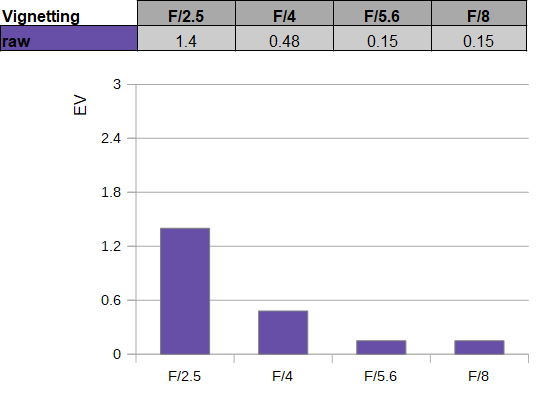
MTF (resolution @ 42mp on Sony Full Format)
The Canon FD 135mm f/2.5 S.C. may be old but it still holds its own even on a high-megapixel camera. It’s not the last word in terms of maximum performance but the lens is already pretty sharp at f/2.5. The center reaches very good levels and the outer field isn’t too far behind. Stopping down to f/4 boosts the quality and the dead center is even in excellent territory. Stopping further down to f/5.6 results in a marginal improvement only. Diffraction affects the results from f/11.The field curvature is low. The centering quality of the tested sample was good.
Please note that the MTF results are not directly comparable across the different systems!
Below is a simplified summary of the formal findings. The chart shows line widths per picture height (LW/PH) which can be taken as a measure of sharpness. If you want to know more about the MTF50 figures, you may check out the corresponding Imatest Explanations.
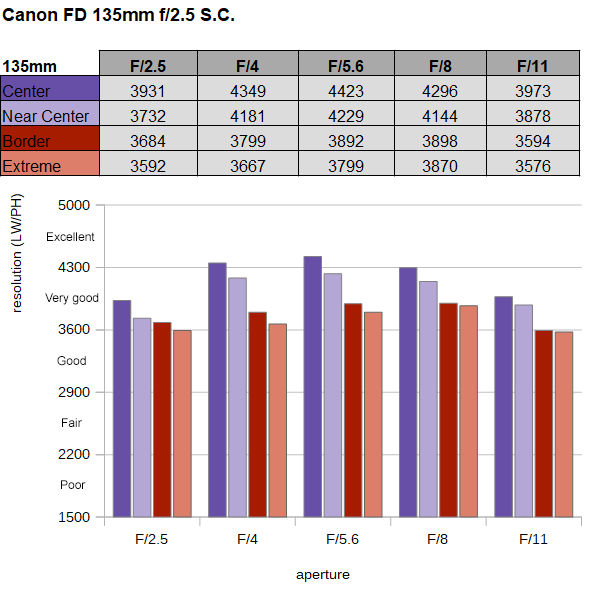
Chromatic Aberrations (CAs)
Lateral CAs vary along the aperture range with a peak pixel width of around 1.6px at the image borders at f/2.5. Stopping down results in a gradual improvement down to about 1.1px. This isn’t bad but it may require some manual correction in post in critical scenes taken at f/2.5 at least.

Bokeh
The Canon FD 135mm f/2.5 S.C. is just made for shallow depth-of-field photography thus let’s check out what the bokeh can do for us.
Out-of-focus highlights are nicely rendered with a smooth inner zone and no outlining. Typical for lenses of this time period, the more edgy aperture shape is already showing up at f/4. At the time, rounded aperture blades, which could mitigate the issue, were not invented/used yet.
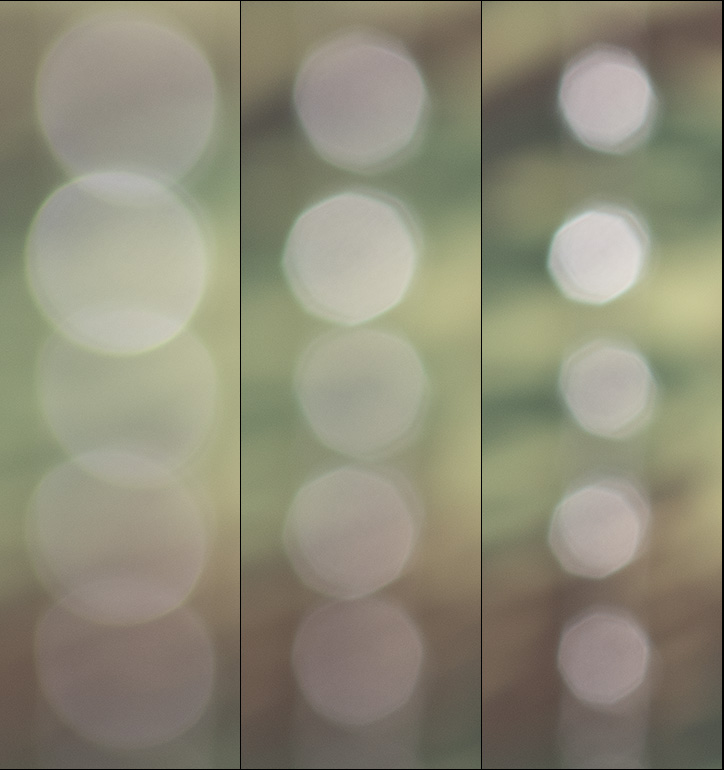
When looking at the whole image field, the highlight discs don’t stay circular outside of the image center but deteriorate to “cat eyes”. However, the deterioration is still moderate. Stopping down to f/4 restores the “circular” shape at the expense of the edgier rendering.
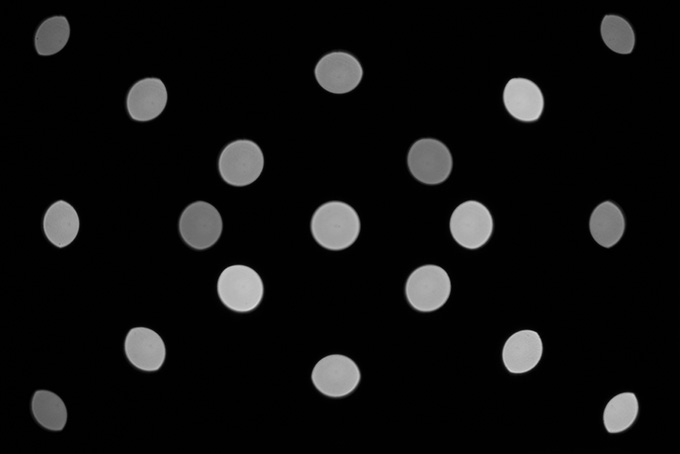
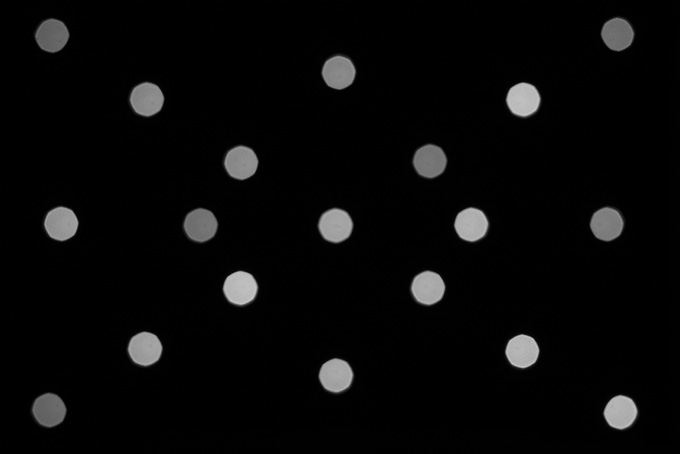
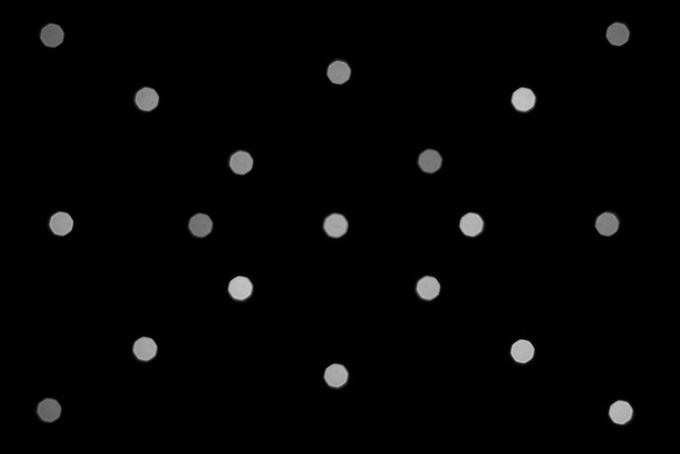
The quality of the general blur in the focus transition zone is good in the background (shown to the left below) although we have seen better results from other vintage lenses – you may notice that the blur isn’t really symmetrical. The foreground blur (to the right) is better than average but still not perfect.
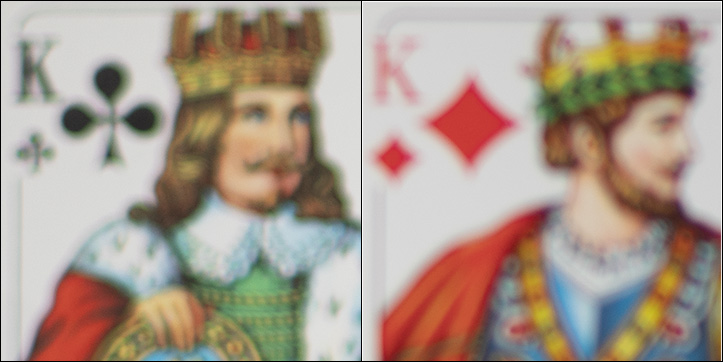
Bokeh Fringing / LoCA
Boheh fringing/LoCA is an axial color fringing effect with purplish halos in front of the focus point and greenish beyond.
The Canon lens is still a conventional design without special glasses thus it’s not really surprising that the LoCAs are very noticeable at f/2.5. The LoCAs are substantially reduced at f/4 and mostly gone from f/5.6.
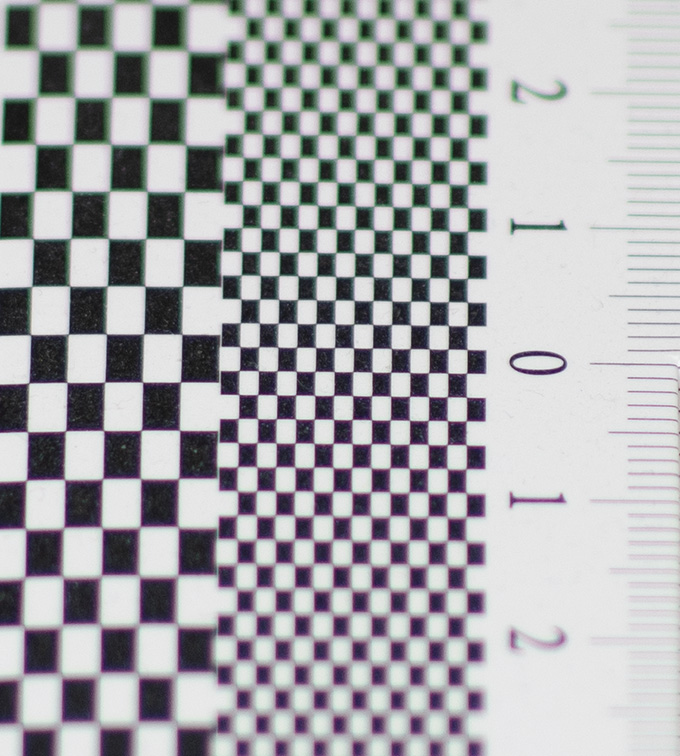
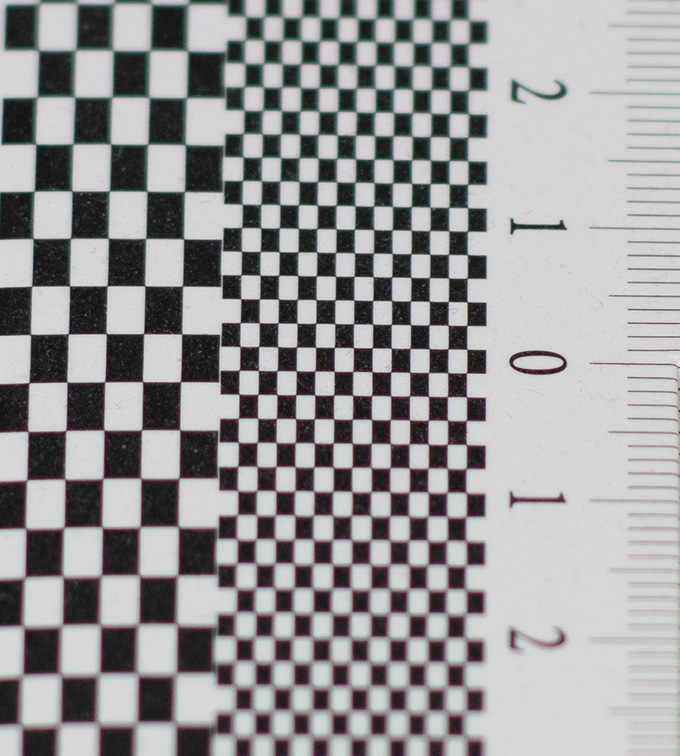
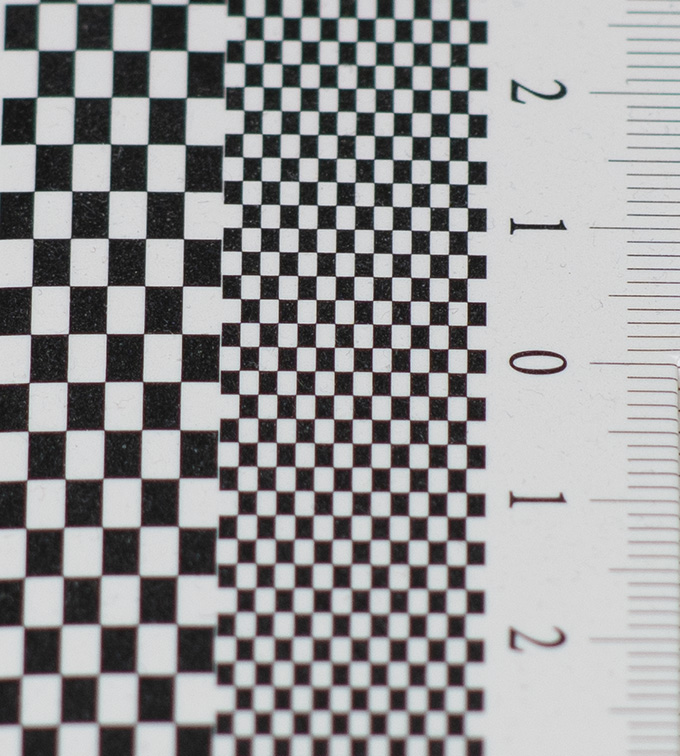
We didn't really expect too much from the Canon FD 135mm f/2.5 S.C.. After all, it sits in the shadow of the more popular (as far as vintage popularity goes) FD 100mm f/2.8 S.S.C. and it's pretty affordable. However, it turns out that it is one of the best lenses tested in our mini-series. The lens is fairly sharp at f/2.5 and at f/4 it's almost impressive. Image distortions are non-existent. However, the lateral and axial CAs can be noticeable at f/2.5 at least. The vignetting is roughly in line with what we've seen from other 100mm-ish lenses of the era - thus you can expect some light falloff at f/2.5 although it's not extreme really. The quality of the bokeh is in the middle of the vintage pack.
The build quality of the Canon lens is excellent. It uses an all-metal body with a silky smooth and dampened focus ring. The aperture ring action is also among the best that we've seen in the test group. The FD mount's breech-lock mechanism is one of the less convincing aspects and fortunately, this concept vanished into history. It's just too fiddly in our book with a lock ring both on the lens as well as on the adapter. If you plan on purchasing multiple FD lenses, it's probably a good idea to order one adapter for each one as well.
Even so, with the combination of very decent optical qualities, solid construction and affordable pricing the Canon FD 135mm f/2.5 S.C. could be an interesting first candidate for exploring a vintage lens.
A final word of caution though - 135mm are about as long as we'd suggest going with a manual focus lens. Hand-held manual focusing is getting quite difficult from this point onward. If your camera features an image stabilizer, it is worth configuring it to 135mm and live stabilization.
-
Optical Quality6.5
-
Build Quality7.5
-
Vintage "Character"7


